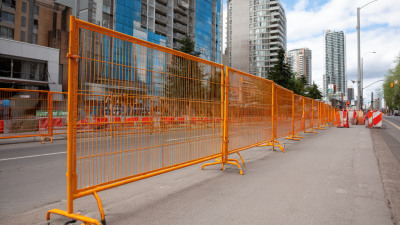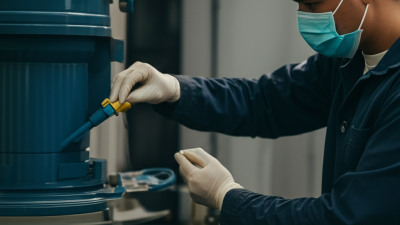Understanding the Importance of Temporary Safety Fence in Construction Sites
In the construction industry, safety remains a paramount concern, with the Occupational Safety and Health Administration (OSHA) reporting that falls and construction site accidents account for a significant percentage of workplace injuries. Implementing effective safety measures is crucial, and one such measure is the use of a Temporary Safety Fence. According to recent studies, construction sites with proper fencing are 50% less likely to experience unauthorized access incidents, which can lead to costly safety breaches and legal liabilities. The importance of these barriers extends beyond mere physical obstruction; they serve as a vital visual reminder of the hazards present on-site, providing a clear demarcation of safe perimeters. As the construction landscape evolves, understanding the role and necessity of Temporary Safety Fences becomes integral in fostering a culture of safety, thereby protecting workers, passersby, and the overall integrity of the construction project.
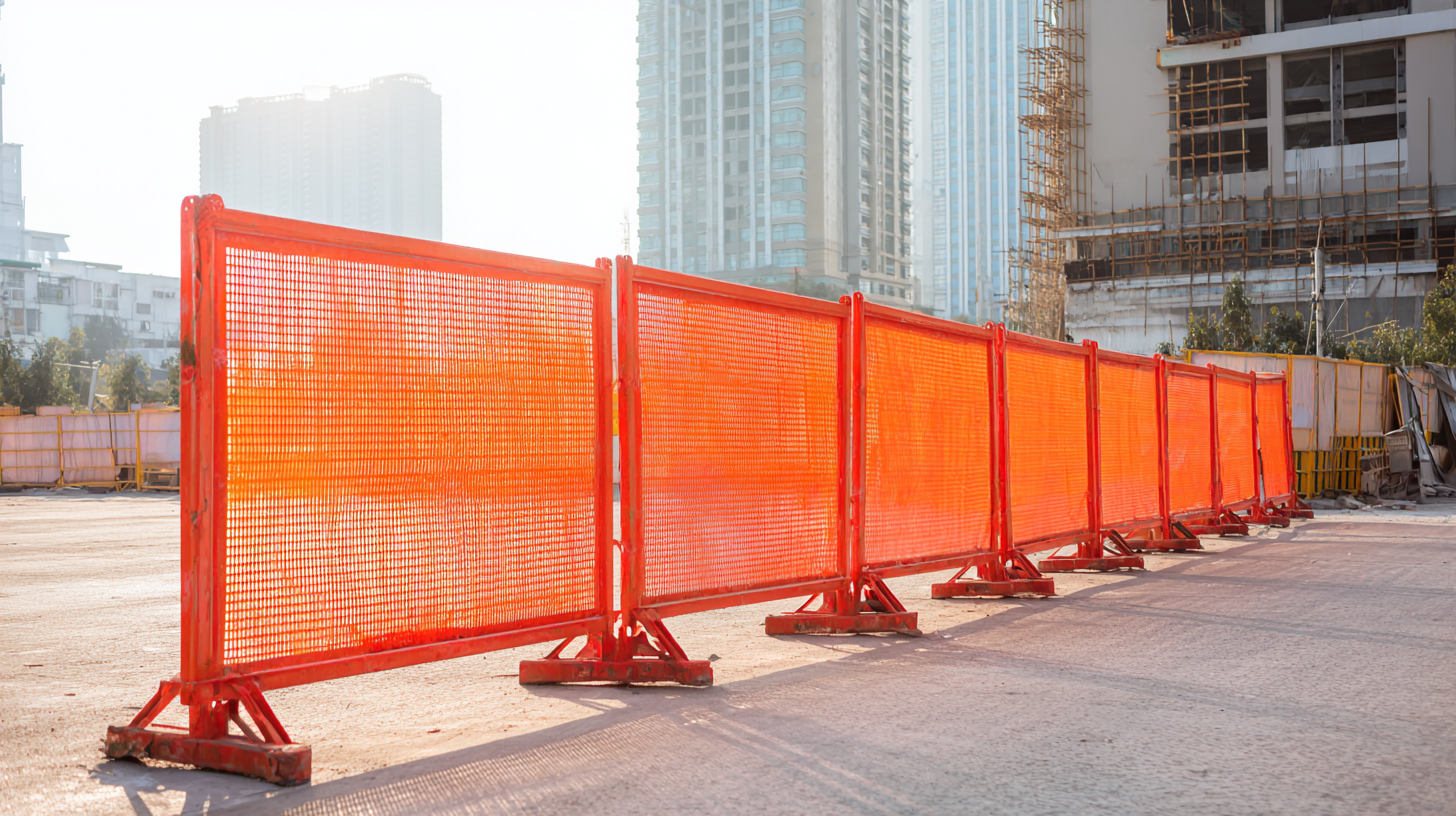
The Role of Temporary Safety Fences: Protecting Workers and Public Safety
In the construction industry, the importance of temporary safety fences cannot be overstated. These barriers play a crucial role in protecting not only workers on-site but also members of the public who may be nearby. For instance, just as temporary levees can safeguard homes from flooding, temporary safety fences create a secure environment that minimizes hazards associated with construction activities. They delineate unsafe areas, prevent unauthorized access, and reduce the risk of accidents, thus enhancing overall safety at construction sites.
**Tip:** Always ensure that your temporary safety fence complies with local regulations and standards. Regularly inspect the integrity of the fence, especially after severe weather conditions, to ensure that it continues to provide protection.
Moreover, the effective installation of these fences is vital for optimizing workflow. When workers are assured of their safety from outside interferences, they can focus on their tasks without distraction. In the same way that communities must adapt to natural threats, construction sites need to plan proactively for worker and public safety.
**Tip:** Implement training sessions for workers on the importance of temporary safety measures and how to maintain and respect the installed barriers. Awareness can significantly reduce safety breaches and promote a culture of safety on-site.
Understanding the Importance of Temporary Safety Fence in Construction Sites
| Dimension |
Data |
| Average Cost of Temporary Safety Fence (per site) |
$2,500 |
| Percentage of Construction Sites Using Temporary Safety Fences |
85% |
| Common Materials Used |
Chain Link, PVC, Wood |
| Average Installation Time |
8 hours |
| Incidents Prevented by Using Safety Fences (per year) |
200+ |
| Typical Height of Temporary Safety Fences |
6 feet |
| Duration of Use (average per project) |
3 months |
Key Benefits of Using Temporary Safety Fences on Construction Sites
Temporary safety fences are a crucial element in maintaining an organized and secure construction site. One of the key benefits of using these fences is the enhanced safety they provide. By clearly delineating the boundaries of the work area, they prevent unauthorized access, reducing the risk of accidents involving pedestrians and bystanders. This added layer of protection helps to ensure that workers can perform their tasks without the distraction or danger posed by curious onlookers.
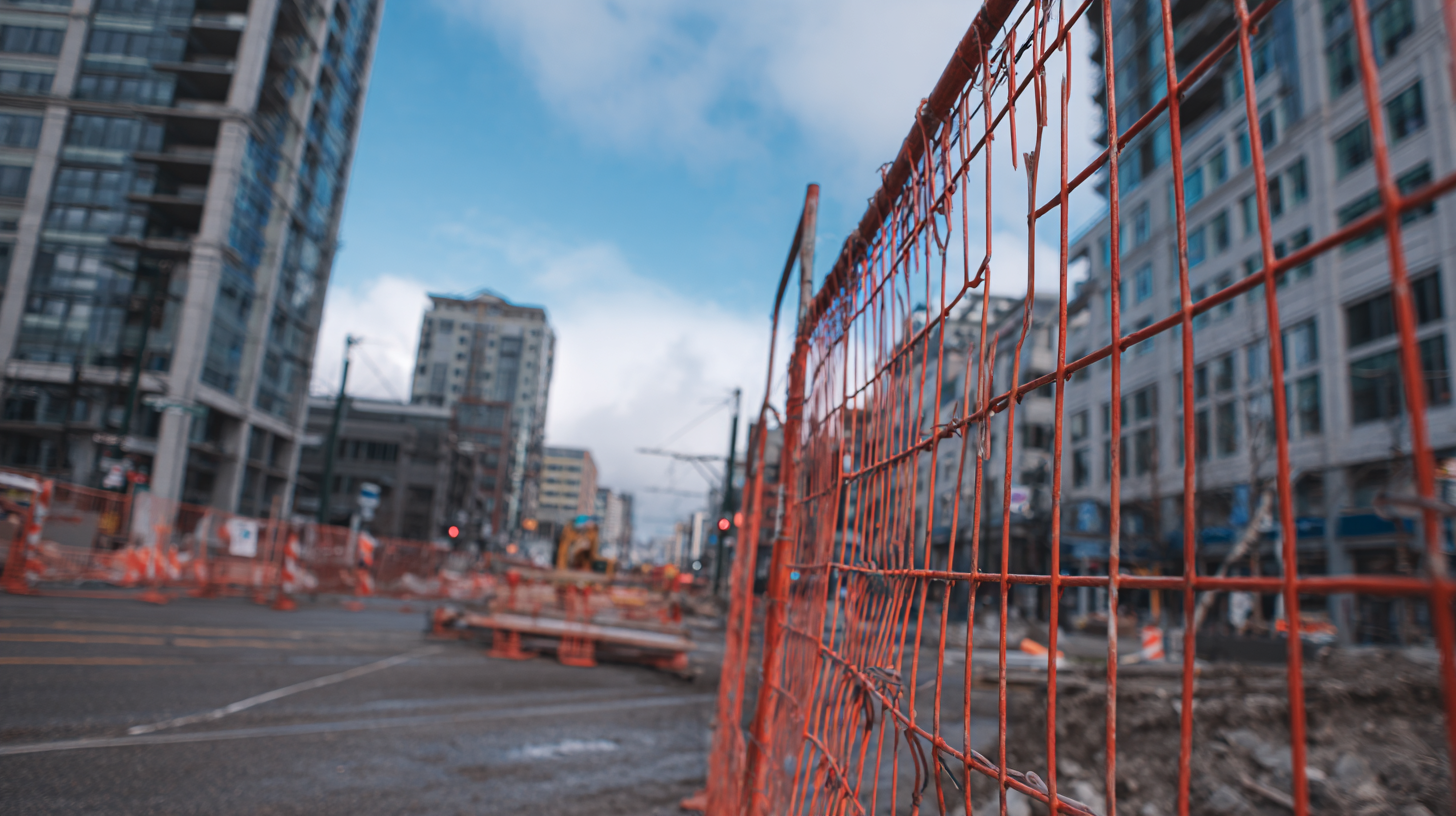
Another significant advantage of temporary safety fences is their role in promoting compliance with local regulations and standards. Many jurisdictions mandate the use of safety barriers on construction sites to protect both workers and the public. By implementing these fences, contractors not only avoid potential legal ramifications but also convey a commitment to safety and professionalism. Furthermore, temporary fencing is often versatile and easy to install, allowing for quick setup and removal as project needs change, making it an efficient solution for site management.
How to Choose the Right Temporary Safety Fence for Your Project
When selecting a temporary safety fence for your construction project, it is essential to consider various factors to ensure optimal protection and compliance with safety regulations. First, assess the specific needs of your site. Are you working in a high-traffic area, or is the project situated in a more controlled environment? Understanding the level of security required will help you determine the type of fencing needed, be it chain link, mesh, or panel fencing.
Tip 1: Always check local regulations regarding temporary fencing dimensions and materials. Compliance with these guidelines not only keeps your team safe but also avoids potential legal issues.
Next, think about the installation process and durability. Some fences are easier to set up and take down, while others provide a more robust barrier against unauthorized access. Evaluate how long the fence will be in place; for extended projects, investing in sturdier materials may be worthwhile.
Tip 2: Consider features like visibility and signage. A well-marked temporary fence not only deters unauthorized entry but also enhances overall site awareness for workers and passersby.
Ultimately, choosing the right temporary safety fence is crucial to ensuring a safe and organized construction site. Keeping these tips in mind can help streamline your decision-making process.
Installation Best Practices for Effective Temporary Safety Fencing
Temporary safety fencing is an essential component of construction site management, providing critical protection against unauthorized access and ensuring the safety of both workers and the public. According to a report by the Occupational Safety and Health Administration (OSHA), approximately 21% of construction-related fatalities occur due to falls, struck by objects, or electrocution—commonly referred to as the “Fatal Four.” Implementing effective temporary safety fencing dramatically reduces these risks by clearly delineating work zones and preventing accidental entry.
When installing temporary safety fences, adherence to best practices is crucial for maximizing their effectiveness. First, it's important to choose durable materials, such as high-density polyethylene or chain-link fencing, that can withstand harsh weather conditions and potential impacts. Additionally, ensuring that the fencing is at least 6 feet high can help deter trespassers and reduce the likelihood of accidents. A study from the American Society of Safety Professionals (ASSP) reveals that construction sites with proper perimeter fencing see a 30% decrease in unauthorized access incidents. Regular inspections and maintenance of the fencing are also vital to identify and rectify any issues promptly, further enhancing safety on site.
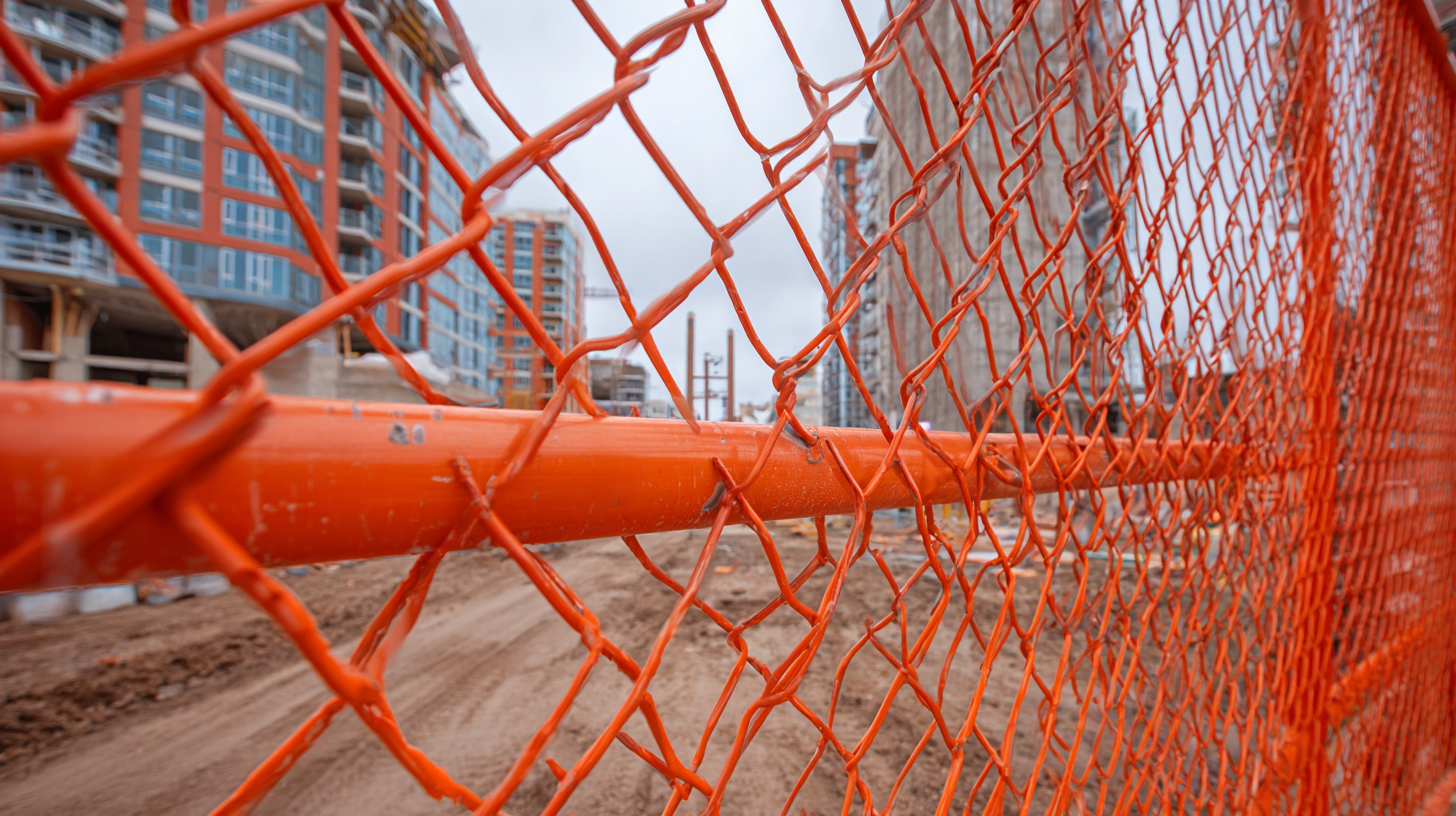
Ensuring Compliance: Regulations Surrounding Temporary Safety Fences
Temporary safety fences play a crucial role in ensuring compliance with safety regulations at construction sites. According to industry reports, over 200,000 injuries occur annually in the construction sector, many of which could be mitigated through proper site security measures. Effective fencing not only helps to delineate boundaries but also complies with legal requirements to protect workers and the public. The latest insights from the Health and Safety Executive (HSE) highlight that a robust safety fencing system must meet specific compliance standards, thus reducing the risk of accidents and liability.
Moreover, the growing emphasis on safety regulations has led to a surge in demand for temporary safety fences, especially in high-rise construction projects where risks are elevated. Studies indicate that secured sites can reduce trespassing incidents by nearly 40%, significantly lowering the potential for theft, vandalism, and disruptive accidents. As contractors face tighter regulations in the face of escalating housing demand, investing in compliant temporary safety fences becomes more than just a safety measure—it evolves into essential risk management that supports both public safety and project success.
Understanding the Importance of Temporary Safety Fences in Construction Sites
This chart illustrates the significance of various aspects of temporary safety fences in construction sites, highlighting their crucial role in ensuring compliance with regulations, preventing accidents, securing sites, providing cost-effectiveness, and enhancing public safety.

Home
About Us
Products
Customize
Application
Support
Blog
Contact Us




